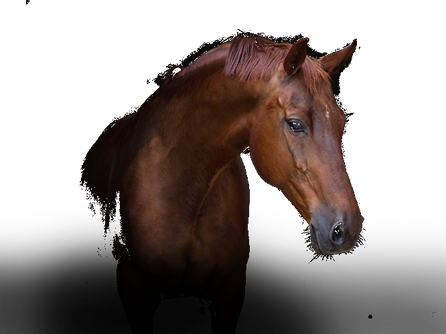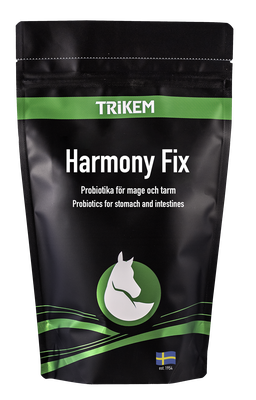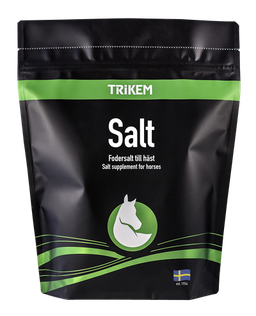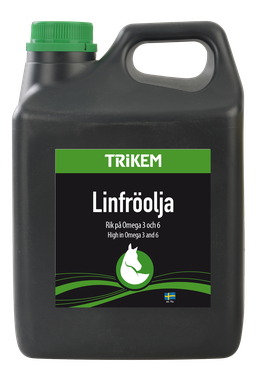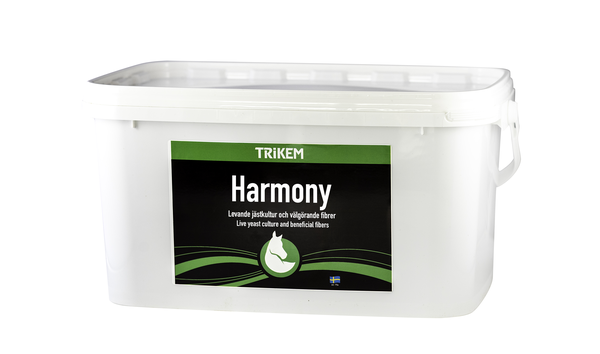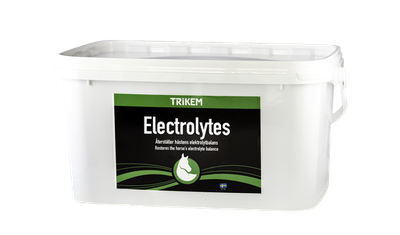Academy / Häst / Gut & Intestines / Colic
Colic
What is colic?
Colic is a general term for abdominal pain in horses, and it can occur for various reasons, ranging in severity. Symptoms of colic can vary, and the horse may express it through loss of appetite, lethargy, scratching the ground, looking at its belly, cramping, wanting to lie down and roll, etc.
Regardless of how serious the colic may seem, it’s always important to contact a veterinarian if you suspect colic. It's always better to call the vet early rather than waiting too long.
Before contacting the veterinarian, it's useful to check the horse's pulse, respiration rate, and temperature. This information is important for the vet to assess how much pain the horse is in. To make this data as useful as possible, you should also know your horse's resting pulse and normal body temperature.
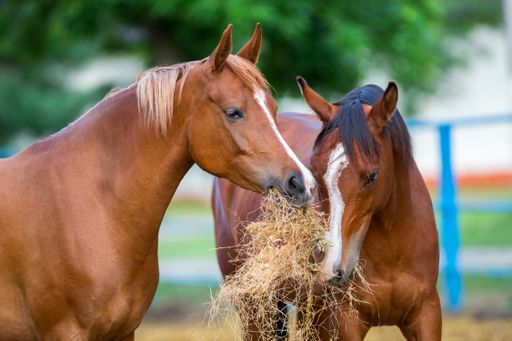
Can colic be prevented?
By providing the right conditions for the horse, we can reduce the risk of colic. However, it is important to remember that horses are individually sensitive, and some are more prone to colic than others. We can reduce the risk by being aware of the risk factors, avoiding them, or adapting to them. Some common risk factors include:
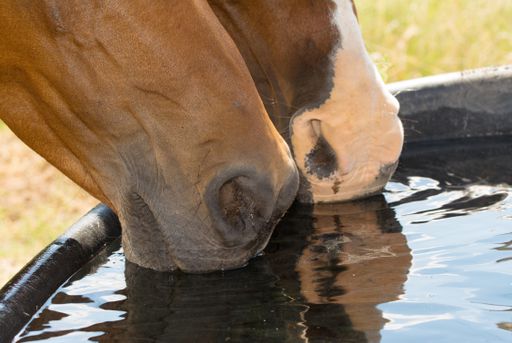
Dietary changes
Water
Fiber and gut flora
Movement
Horses are designed to move long distances each day and do not thrive if confined for long periods. Horses that are stabled for more than 12 hours a day are 1.2 times more likely to experience colic than those that are out on pasture for more than 12 hours per day. A sudden change in activity level is a significant risk factor. If a horse is suddenly restricted due to an injury and can no longer move as it is used to, the risk of colic is doubled. If you need to keep your horse on stall rest for a period, be sure to provide plenty of roughage to offer a lot of chewing time, high salivation, and reduce the horse's stress levels.
Dental health
Poor dental health that leads to the horse being unable to chew and break down the feed properly can also contribute to constipation colic, as overly large feed particles will struggle to pass through the intestines. Regular dental care and providing plenty of roughage for the horse to chew will help the teeth wear down evenly and at the right pace.
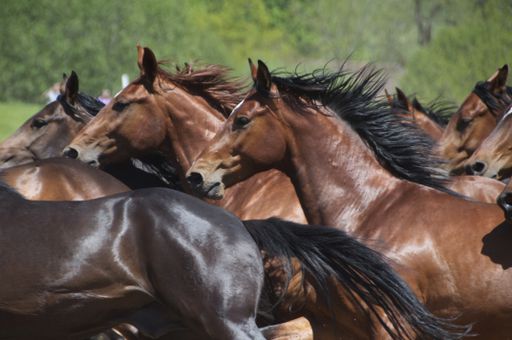
Parasites
Parasites can also be a cause of colic. Horses with a high parasite load are more likely to experience colic, and deworming itself can be a risk factor. Seven days after deworming, the risk of colic increases 1.8 times for horses. To prevent parasite-related colic, it’s important to conduct regular fecal tests and deworm as necessary. After deworming, it's good to monitor your horse closely.
Sand and soil
Sand colic is common, especially in southern Sweden, but the risk exists throughout the country. Horses that pick at the ground risk ingesting large amounts of sand and soil. The sand stays in the intestines, and once it builds up to a significant amount, it can cause problems. To prevent sand colic, ensure that the horse always has an alternative to nibble on. Offering forage in the pasture that is not fed directly on the ground is a good option.
Be alert! Colic happens occasionally, and the quicker you can spot the symptoms, the better. Changes in behavior should always be taken seriously, and never hesitate to contact your veterinarian if you suspect colic.


